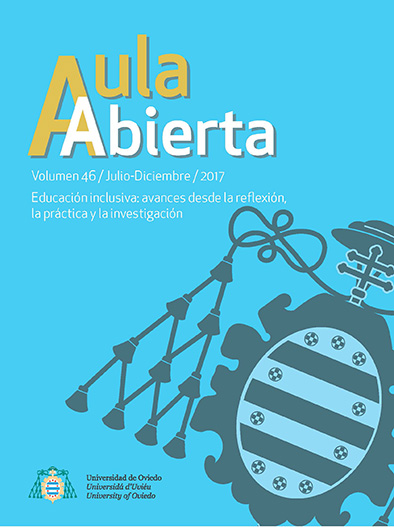Resumen
ABSTRACT
Many students shy away from science. In order to attract students into studying science, creative methods for teaching and learning were developed for all levels of education, from primary school to university, and from formal to informal settings. These methods utilize the students’ talents, hobbies, interests and cultural backgrounds. Equal access to science education is a human right that belongs to all [1, 2]. If we do not guarantee science education to all, we will form a two-class society divided not by royalty and status, but by knowledge of science. The centerpiece for this method is the development of student projects, which help them to remember and understand abstract scientific concepts. An old Chinese proverb says: “I hear and I forget; I see and I remember; I do and I understand.” These students’ projects take advantage of seeing and remembering, doing and understanding.
Through this process, students are active learners, instead of being passive observers. To demonstrate their understanding of scientific concepts through their projects, the students use a media of their choice, from drawing, dance and drama (no tech) to computer animation (high tech). Projects can also take the form of paintings, sculptures, songs, films, and scripts for theater. These projects are used as alternative assessment methods where the whole class is involved in the assessment process. In order for this method to be successful, workshops for teachers as well as parents must be conducted. This way, the students will be taught in a creative way in school and through the joint involvement of teachers and parents, students will be encouraged to pursue chemistry. After all, “it takes a village to raise a child,” as the African proverb states.
Citas
Lerman, Z. M. 1986. Chemistry for Art and Communication Students: J. Chem. Ed., 63, 142.
Lerman, Z. M. 1986. Energy for Art and Communication Students: J. Chem. Ed., 63, 520.
Gardner, H. 1993. Multiple Intelligences: The Theory in Practice. Harper Collins, New York.
Hoffmann, R. and Torrence, V. 1993. Chemistry Imagined: Reflections on Science. Smithsonian Institution Press, Washington, DC.
Lerman, Z. M. 2003. Using the Arts to Make Chemistry Accessible to Everybody. J. Chem. Ed., 80(11), 1234.
Lerman, Z. M. and Morton, D. 2009. Using the Arts and Computer Animation to Make Chemistry Accessible to All in the Twenty-First Century. In: Minu Gupta-Bhowon, Sabina Jhaumeer-Laulloo, Henri Li Kam Wah, Ponnadurai Ramasami (eds.). Chemistry Education in the ICT Age. Springer. pp. 31-39.
Lerman, Z. M. 2012. Creative Methods for Teaching and Learning Chemistry. In: Luigi Campanella (ed.). Stimulating Reflection and Catalysing Change in Chemical Education. Societá Chimica Italiana. pp. 196-201.

